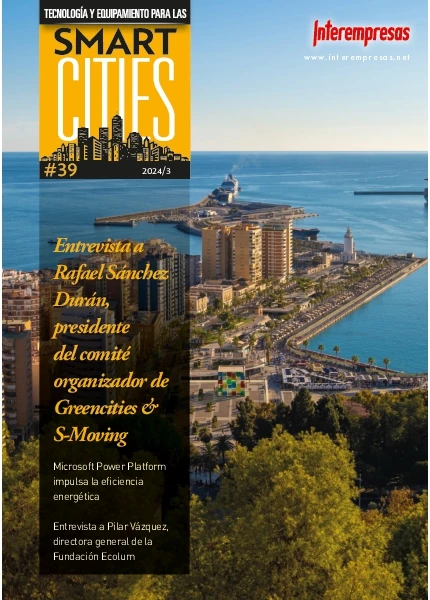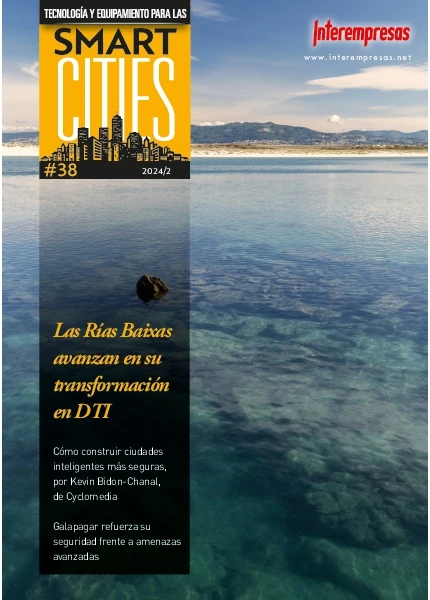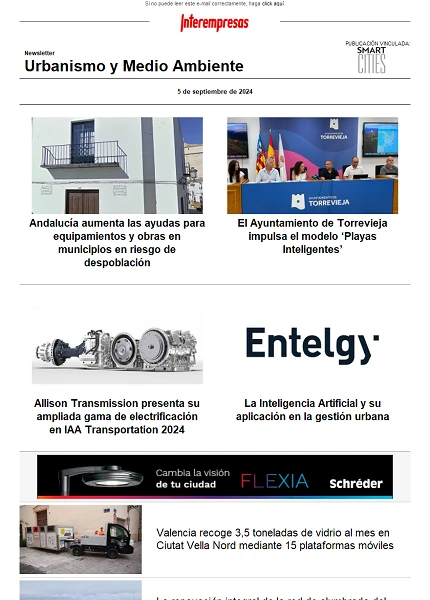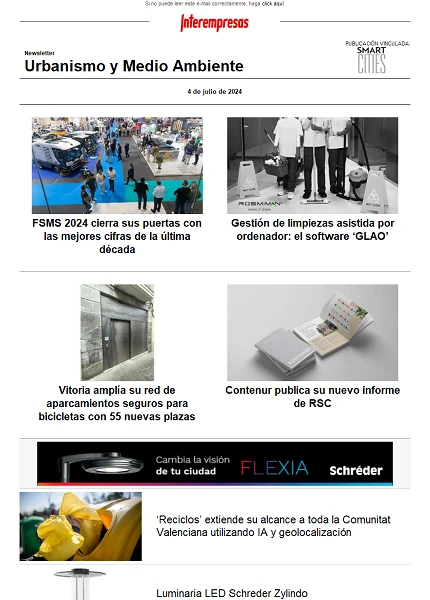The art like road to a critical citizenship
The thesis titles ‘Project no concluded for the Alhóndiga of Bilbao. The objective aesthetics of Jorge Oteiza like method of investigation'. Besides, simultaneously to this investigation, Rementeria also realised the audiovisual ‘Oteiza and the Cultural Centre Alhóndiga. Aesthetic project for Bilbao', that was presented in the festival Zinebi 50.
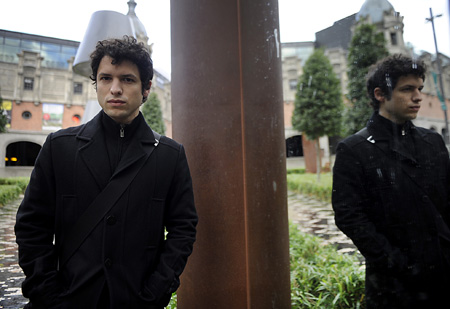
The project in which it collaborated Oteiza “marks a turning point in the recent history of the city, because it coincides with a moment in which the city is sumida in the end of the process of deindustrialisation, and begins to see that the culture, the art, etc., can suppose an engine of economic reflation” signals Rementeria. In this context, the candidate to the city council by the Nationalist Party Basque, José María Gorordo, presents in 1988 the Cultural Centre for the Villa of Bilbao in the Alhóndiga, a project that pretended reutilizar the spaces of the ancient Alhóndiga and the solar of the ancient school Santiago Apostle, to turn into them a “factory of art”, in words of Gorordo, and whose pretences positioned of the side of a “participatory culture” in front of a “culture show”. Gorordo Requested to the sculptor Jorge Oteiza his collaboration for the development of this project, the one who formed, beside the architects Juan Daniel Fullaondo and Fco. Javier Sáenz of Oiza, a team of collaboration between the art and the architecture that would project the complex building.
Gorordo Achieved concitar the interests of other public institutions to centralise in the CCAB the Library Foral, the Conservatoire of Music and the Basque Museum of Contemporary Art (that finally it would arrive like Museum Guggenheim). Besides, “the own mayor proposed to Oteiza the possibility to develop in the interior of the Alhóndiga the Institute of Aesthetic Investigations that the sculptor had pretended to llevar from the decade of 1960”, remembers Rementeria.
Failure of the project
“From the years 50, the public space of the city converts for Oteiza in an urgent question of reflection and action from a type of art whose function, in collaboration with the architecture and the transformation of the pedagogical structures, went a function emancipadora, liberadora, that by means of the aesthetic education of the citizen pretended to be the tool of a cultural renewal in the Basque Country”, explains Rementeria. “A type of art whose purpose is to form free subjects in his ways to think and feel; a contrary purpose to that another function of the art that, according to Oteiza, predominated already in the cities of the decade of 1960, and in which the sculptor appreciated a spectacular ‘function', understood like a tendency in the construction of the urban spaces oriented to a simply decorative utility; a function of the art against which the sculptor always rebelled when considering that it involved a domesticated and docile citizen for the power”.
The reasons of the failure of the project aim to an incompatibility of the architectural project with the protection that, in that precise moment, the Board of Heritage of the Basque Government applied to the ancient building, describing as it Well of Cultural Interest. Besides, the Board considered that the massive volumetry of the new architectural complex, projected like two big public squares joined by a big building of 80 metres of height, supposed an attack against the plot urbanística of the Widen. However, other opinions reveal that political questions and even personal were decisive in the final prohibition issued from the Council of Culture of the Government.
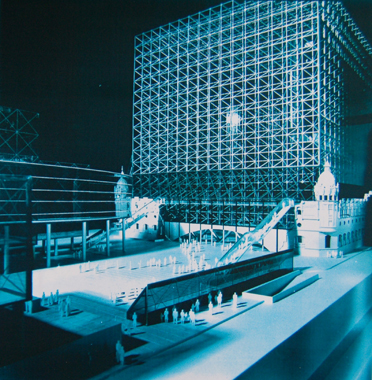
Rementeria Has recopilado and studied big number of documentary sources that give account of the complexity of said project, and has included all this documentation in his thesis, of form entreverada, forming a text of several levels, “to facilitate to the reader the construction of an own opinion on the project”. Like guide to order all this information, has used the aesthetic equation of Oteiza. This equation defines the fundamental factors and internal operations of which has the artist to achieve give account of the main function of the art, like mechanism of ‘desalienación' or emancipation. “My pretence was to place the investigation in the point of the true difficulty that supposes to llevar an artistic project in which confluyen so many interests and factors so complex”, explains Rementeria.

